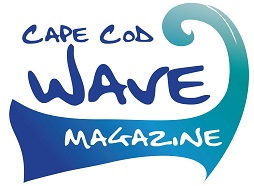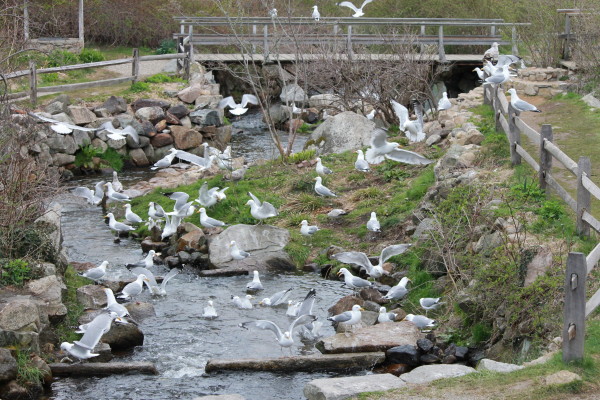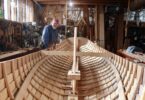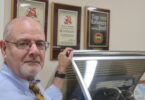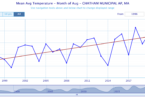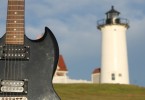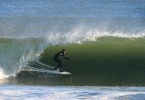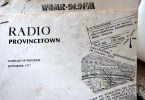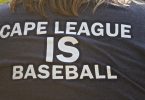BREWSTER – “They live exciting lives,” said Elliott Carr about his fascination with the annual return of the herring to the Stony Brook Herring Run.
“Watching fish go up 22 three-foot waterfalls is an interesting experience, particularly when there are a group of seagulls trying to eat them,” said Carr, 76, of Brewster.
Carr, who retired as president of the Cape Cod Five Cents Savings Bank in 2006, is the author of the self-published book, “Herring Run: Life and Death at Stony Brook.” He is also the author of two other books of photography and nature essays.
“Elliott does like to go out and experience nature directly,” said Jo Ann Muramoto, senior scientist with the Association to Preserve Cape Cod (APCC). Carr is on the board of APCC, which manages volunteer herring count programs at Stony Brook and other herring runs on the Cape.
“I think he’s just a very astute observer of nature,” she said. Muramoto said Carr was one of ”many devotees of Stony Brook. There are citizens who love Stony Brook and love to visit, and watch it throughout the year.”
And while Carr is fascinated by the yearly spring journey of the river herring to spawn, he is not as fond of the fish’s nemesis, the herring gulls.
For years, the birds defecated on his roof until he put a wire guard up to keep them off. “The birds would eat and then digest in 20 minutes,” he said. “The runoff from the poop was actually good fertilizer,” he said. But poop and the squawking were annoying, he said.
“I used to go out with a BB gun and shoot them in the butt,” said Carr. “It didn’t hurt them, but it gave me psychic satisfaction.”
